Introduction
Maintaining optimal humidity levels in your living spaces is essential for both comfort and health. A dehumidifier for room plays a crucial role in achieving this balance by removing excess moisture from the air. Whether you’re dealing with a damp basement, a musty bedroom, or high humidity in your living area, a room dehumidifier can make a significant difference. In this comprehensive guide, we will explore the benefits, features, and tips for selecting the best dehumidifier for your specific needs.
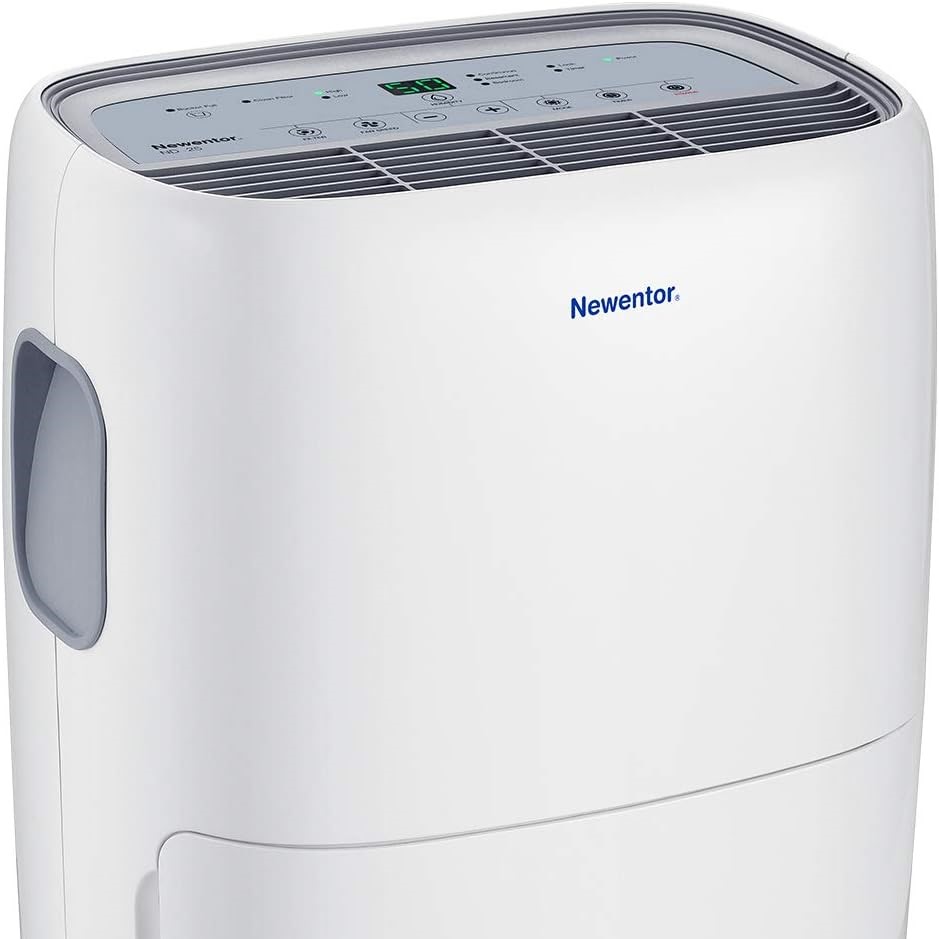 Benefits of Using a Dehumidifier for Room Comfort
Benefits of Using a Dehumidifier for Room Comfort
Investing in a dehumidifier for room offers numerous benefits that enhance both your living experience and the longevity of your home. Let’s delve deeper into these advantages:
Improved Air Quality
One of the primary benefits of a room dehumidifier is improved air quality. By removing excess moisture from the air, dehumidifiers help reduce contaminants such as mold spores, dust mites, and bacteria. As a result, the air becomes cleaner and healthier to breathe, significantly reducing the risk of respiratory issues and allergies.
Enhanced Comfort Levels
High humidity can make your home feel warmer and more oppressive, even during cooler months. A dehumidifier helps regulate humidity levels, making the environment more comfortable. Additionally, lower humidity levels can make the air feel cooler in summer, potentially reducing the need for air conditioning and lowering energy bills.
Preservation of Belongings
Excess moisture can damage various household items, including furniture, clothing, and electronics. Wood can swell and warp, fabrics may become musty, and electronics are vulnerable to moisture-induced malfunctions. Using a dehumidifier for room helps protect your belongings by maintaining optimal humidity levels, thereby extending their lifespan and preserving their condition.
Prevention of Structural Damage
Moisture accumulation can compromise the structural integrity of your home. It can weaken wooden beams, promote rusting in metal components, and deteriorate paint and wallpaper. A reliable dehumidifier minimizes moisture-related damage, ensuring that your home remains structurally sound and aesthetically pleasing for years to come.
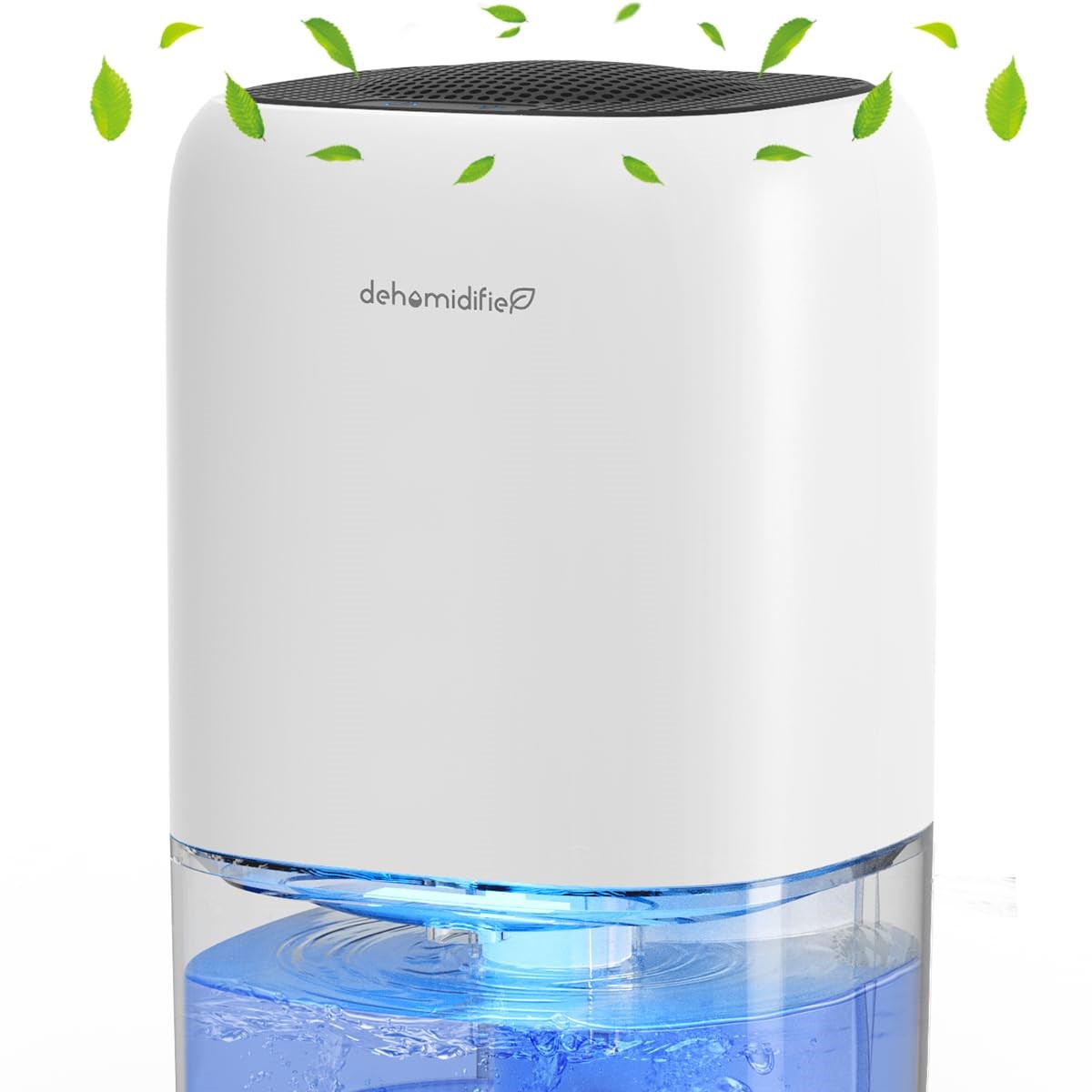 How to Choose the Right Dehumidifier for Your Room
How to Choose the Right Dehumidifier for Your Room
Selecting the perfect dehumidifier for your room involves considering several factors to ensure it meets your specific needs. Here are some steps to guide you through the selection process:
Assessing Your Room’s Humidity Levels
Before purchasing a dehumidifier, it’s essential to assess the current humidity levels in your room. To do this, you can use a hygrometer, a device that measures humidity. Ideally, indoor humidity should be between 30% and 50%. If your readings consistently exceed this range, investing in a dehumidifier is advisable to restore a healthy balance.
Calculating Room Size and Dehumidifier Capacity
As mentioned earlier, matching the dehumidifier’s capacity to your room size is crucial. To calculate the appropriate capacity, consider the room’s square footage and the severity of the moisture problem. For example:
- Small rooms (up to 500 square feet): 20-30 pints per day
- Medium rooms (500-1,000 square feet): 30-50 pints per day
- Large rooms (over 1,000 square feet): 50+ pints per day
These guidelines help ensure that your dehumidifier can effectively manage the moisture levels in your specific space.
Evaluating Additional Features and Functions
Different dehumidifiers offer various features that can enhance their functionality and ease of use. When choosing the right unit, consider which features are most important to you. For instance:
- Digital Controls and Displays: These provide precise control over settings and allow you to easily monitor humidity levels.
- Continuous Drain Option: If you don’t want to manually empty the water tank, a continuous drain feature connects the dehumidifier to a drainage system, allowing for uninterrupted operation.
- Portability: Units with wheels and adjustable handles offer greater mobility, enabling you to move the dehumidifier between different rooms as needed.
Considering Energy Efficiency and Cost
Energy-efficient models may have a higher initial purchase price, but they can save you money in the long run through reduced electricity bills. Look for dehumidifiers with the ENERGY STAR® rating and consider their energy usage when operating continuously. Additionally, compare the prices of different models to find one that fits your budget while still meeting your needs.
Comparing Types of Room Dehumidifiers
There are various types of dehumidifiers available, each with unique features and benefits. Understanding the differences can help you choose the best one for your specific requirements.
Refrigerant Dehumidifiers
Refrigerant, or compressor-based, dehumidifiers are the most common type used in residential settings. They work by cooling warm, moist air, causing the moisture to condense and collect in the water tank. These units are highly effective in moderate to high humidity levels and are typically more energy-efficient than other types.
Desiccant Dehumidifiers
Desiccant dehumidifiers use a moisture-absorbing material, such as silica gel, to remove humidity from the air. They are particularly useful in cooler environments where refrigerant dehumidifiers may struggle. While desiccant models are generally quieter and more portable, they can be less energy-efficient and may require more frequent maintenance.
Thermoelectric Dehumidifiers
Thermoelectric dehumidifiers, also known as Peltier dehumidifiers, use a semiconductor to cool air and remove moisture. These units are compact, lightweight, and quiet, making them ideal for small rooms or spaces with low humidity. However, they are typically less effective and have lower capacity compared to refrigerant and desiccant dehumidifiers.
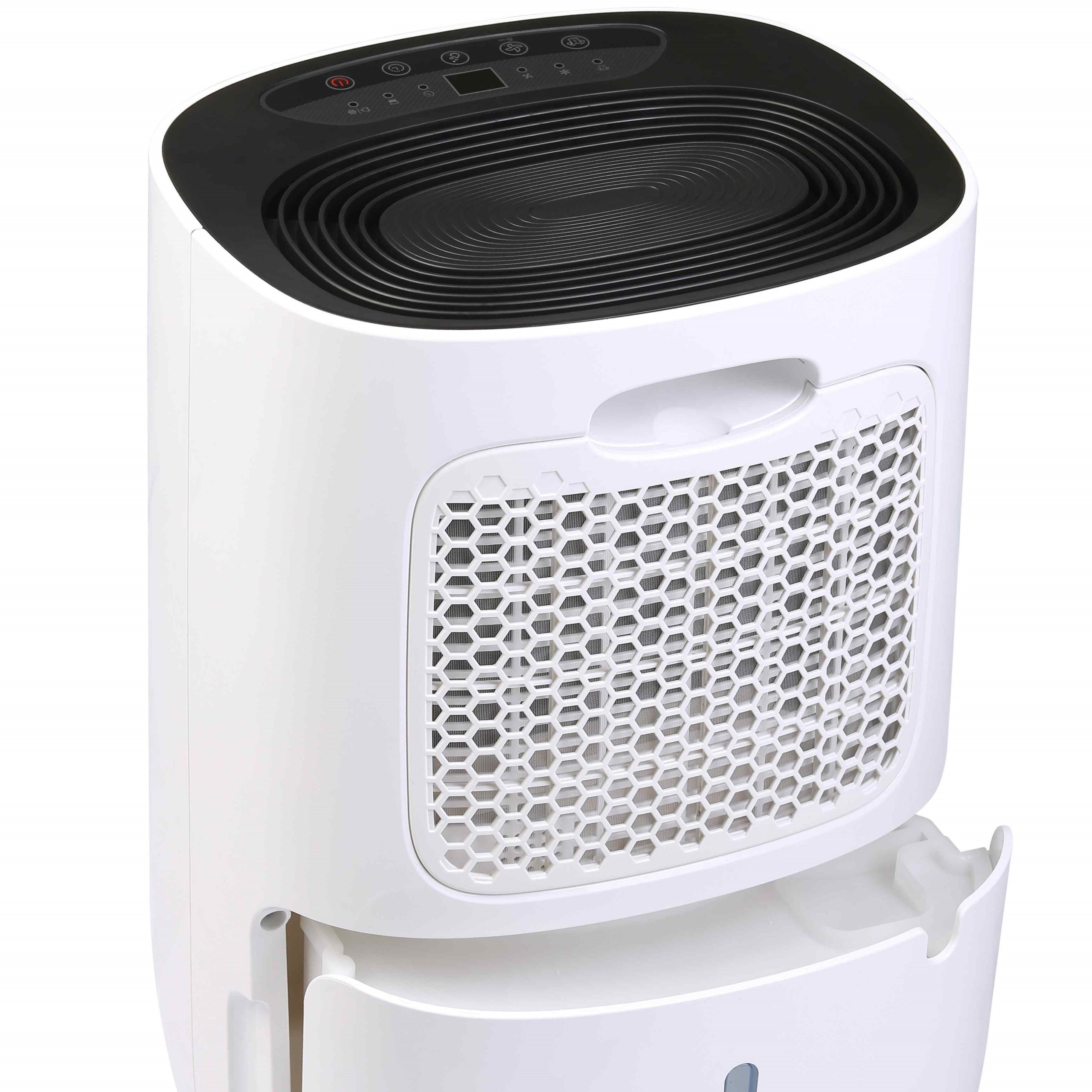 Smart Features and Connectivity
Smart Features and Connectivity
With the rise of smart home technology, many dehumidifiers now come equipped with advanced features that enhance their functionality and ease of use.
Wi-Fi Connectivity and Mobile App Integration
Modern dehumidifiers often feature Wi-Fi connectivity, allowing you to control the unit remotely via a smartphone app. This enables you to adjust settings, monitor humidity levels, and receive maintenance alerts from anywhere, providing greater convenience and flexibility.
Voice Control Compatibility
Some dehumidifiers are compatible with voice assistants like Amazon Alexa and Google Assistant. This integration allows you to control your dehumidifier using simple voice commands, adding an extra layer of convenience to your smart home setup.
Automated Schedules and Timers
Smart dehumidifiers can be programmed to operate on specific schedules or based on humidity sensors. This automation ensures that your room maintains optimal humidity levels without requiring constant manual adjustments, enhancing both efficiency and comfort.
Cost Considerations and Budgeting
When planning to purchase a dehumidifier for room, it’s important to consider both the initial cost and the long-term operating expenses.
Upfront Costs vs. Long-Term Savings
While higher-capacity and energy-efficient models may have a higher upfront cost, they can save you money in the long run through lower energy bills and reduced maintenance needs. It’s essential to weigh the initial investment against the potential savings over time to determine the best value for your budget.
Comparing Prices and Features
Take the time to compare different models based on their features, capacity, and prices. Look for discounts, sales, or bundled offers that can provide additional value. Additionally, reading customer reviews can offer insights into the performance and reliability of various dehumidifiers, helping you make an informed decision.
Considering Maintenance and Replacement Costs
In addition to the purchase price, factor in the costs associated with maintenance and potential part replacements. Regular upkeep, such as filter replacements and cleaning, can add to the overall expense. Choosing a model with easy-to-find parts and straightforward maintenance procedures can help minimize these costs.
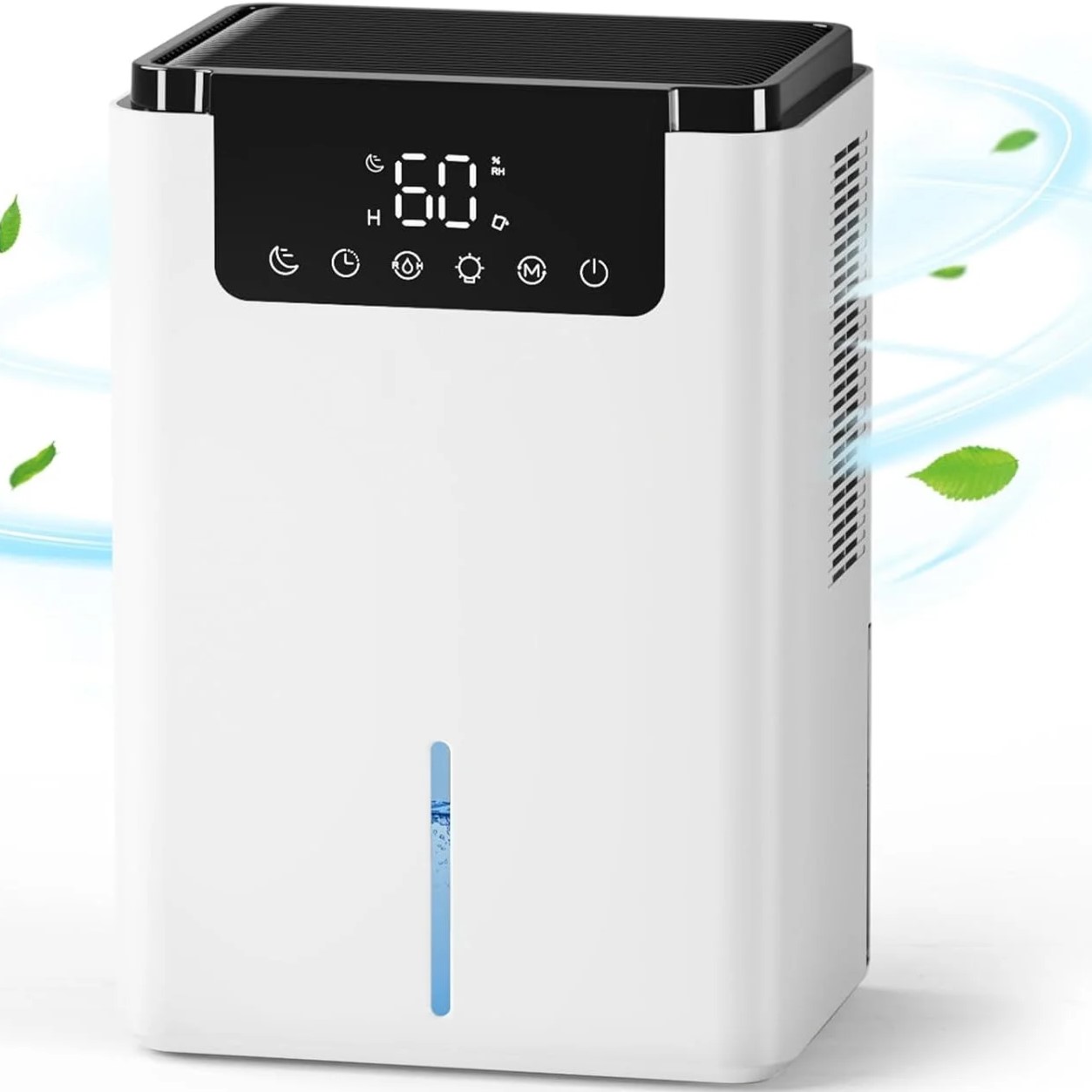 Installation and Setup Tips
Installation and Setup Tips
Proper installation and setup are crucial for ensuring that your dehumidifier operates efficiently and effectively. Here are some tips to get started:
Optimal Placement for Maximum Efficiency
Position your dehumidifier in a location where air can circulate freely around the unit. Avoid placing it near walls or furniture that could obstruct airflow. Ideally, the dehumidifier should be placed in a central area of the room or in the area with the highest humidity levels to maximize moisture removal.
Setting Up and Configuring Controls
Once you’ve chosen the ideal location, set up your dehumidifier according to the manufacturer’s instructions. Adjust the humidity settings to your desired level, typically between 30% and 50%. Utilize any available automatic features, such as continuous drainage or timers, to enhance the unit’s functionality and efficiency.
Connecting to Drainage Systems (If Applicable)
Some dehumidifiers offer the option to connect directly to a drainage system, eliminating the need to manually empty the water tank. If your unit supports this feature, ensure that the hose is securely connected and properly directed to a suitable drainage point, such as a floor drain or sink. This setup allows for continuous operation without interruption, especially in areas with high humidity.
Troubleshooting Common Dehumidifier Issues
Even the best dehumidifiers can encounter issues from time to time. Knowing how to troubleshoot common problems can save you time and prevent unnecessary service calls.
Unit Not Turning On
If your dehumidifier isn’t powering on, first check that it is properly plugged into a functioning outlet. Inspect the power cord for any visible damage and ensure that any built-in switches are in the correct position. Additionally, verify that the water tank is correctly seated, as some models have safety features that prevent operation if the tank is not properly installed.
Insufficient Moisture Removal
If your dehumidifier is not removing enough moisture, consider the following:
- Capacity: Ensure that the unit’s capacity matches the room size and humidity level.
- Placement: Make sure the dehumidifier is placed in a location with adequate airflow.
- Maintenance: Clean or replace filters and check for any blockages that might impede airflow.
Leaking Water or Overflowing Tank
A leaking dehumidifier or an overflowing water tank can be caused by several factors. First, check that the tank is correctly positioned and not cracked or damaged. Ensure that the automatic shut-off feature is functioning properly and that the drainage hose (if used) is securely connected without any kinks or clogs. Regular maintenance can also prevent leaks by keeping internal components clean and free from debris.
Unusual Noises
Unusual noises emanating from your dehumidifier can indicate various issues. Rattling or grinding sounds may suggest that the unit is dirty or that objects are obstructing the fan. Hissing noises might indicate a refrigerant leak in compressor-based models. If you encounter persistent or loud noises, consult the user manual or contact customer support for further assistance.
 Enhancing Your Room with a Dehumidifier
Enhancing Your Room with a Dehumidifier
A dehumidifier for room not only controls humidity but also contributes to creating a more pleasant and healthier living environment. Here are some additional ways to maximize the benefits of your dehumidifier:
Complementary Home Appliances
Using a dehumidifier in conjunction with other home appliances can enhance overall air quality and comfort. For example, pairing it with an air purifier can effectively remove both moisture and airborne pollutants, providing a comprehensive solution for indoor air management.
Seasonal Adjustments and Usage
Adjust your dehumidifier’s settings based on seasonal changes to maintain optimal humidity levels year-round. During humid summers, you may need the unit to run more frequently, while in dryer winters, less frequent use may suffice. Being mindful of seasonal variations ensures that your dehumidifier operates efficiently and effectively throughout the year.
Final Thoughts
Selecting the right dehumidifier for room involves careful consideration of your specific needs, room size, and the unit’s features and efficiency. By understanding the importance of humidity control, evaluating key features, and following proper maintenance practices, you can enhance your living environment’s comfort and health. Investing in a high-quality dehumidifier not only protects your home and belongings but also contributes to a healthier and more enjoyable living space for you and your loved ones. Ultimately, a well-chosen dehumidifier is a valuable addition to any home, ensuring optimal humidity levels and promoting overall well-being.


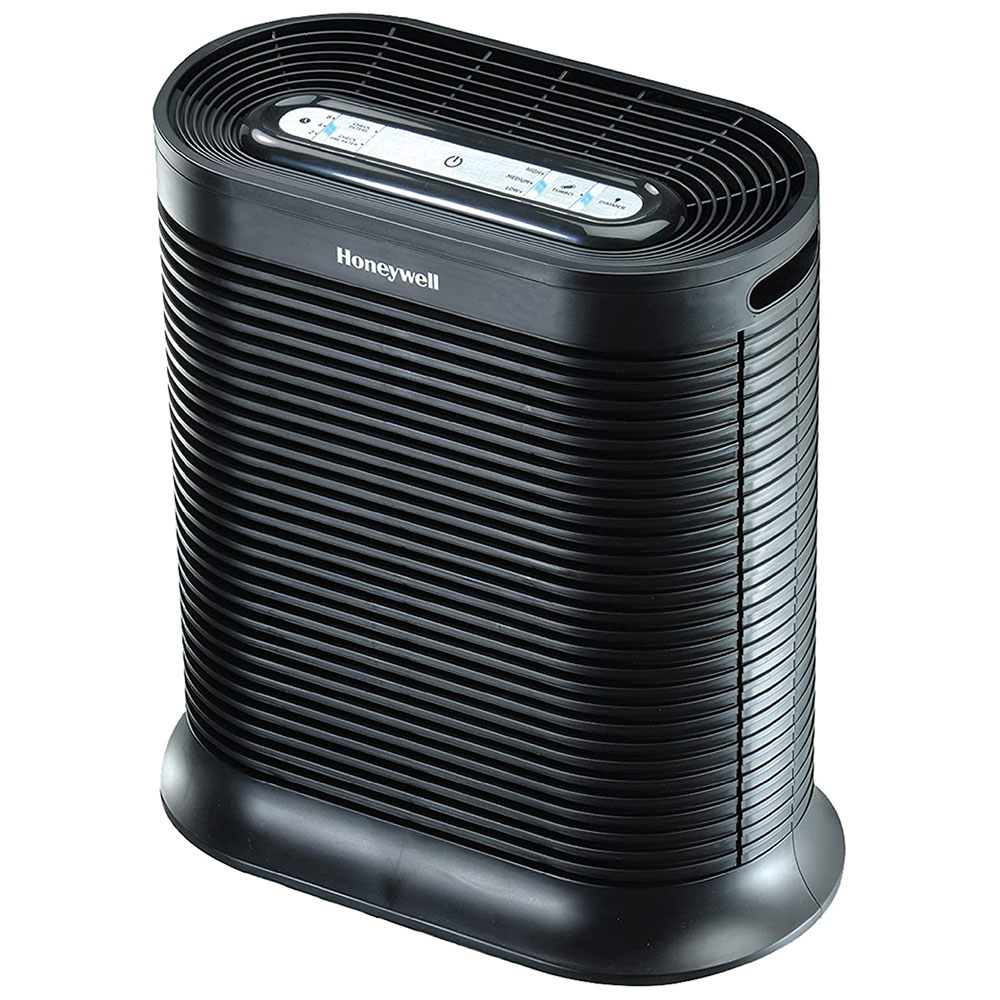 What is an Air Purifier?
What is an Air Purifier?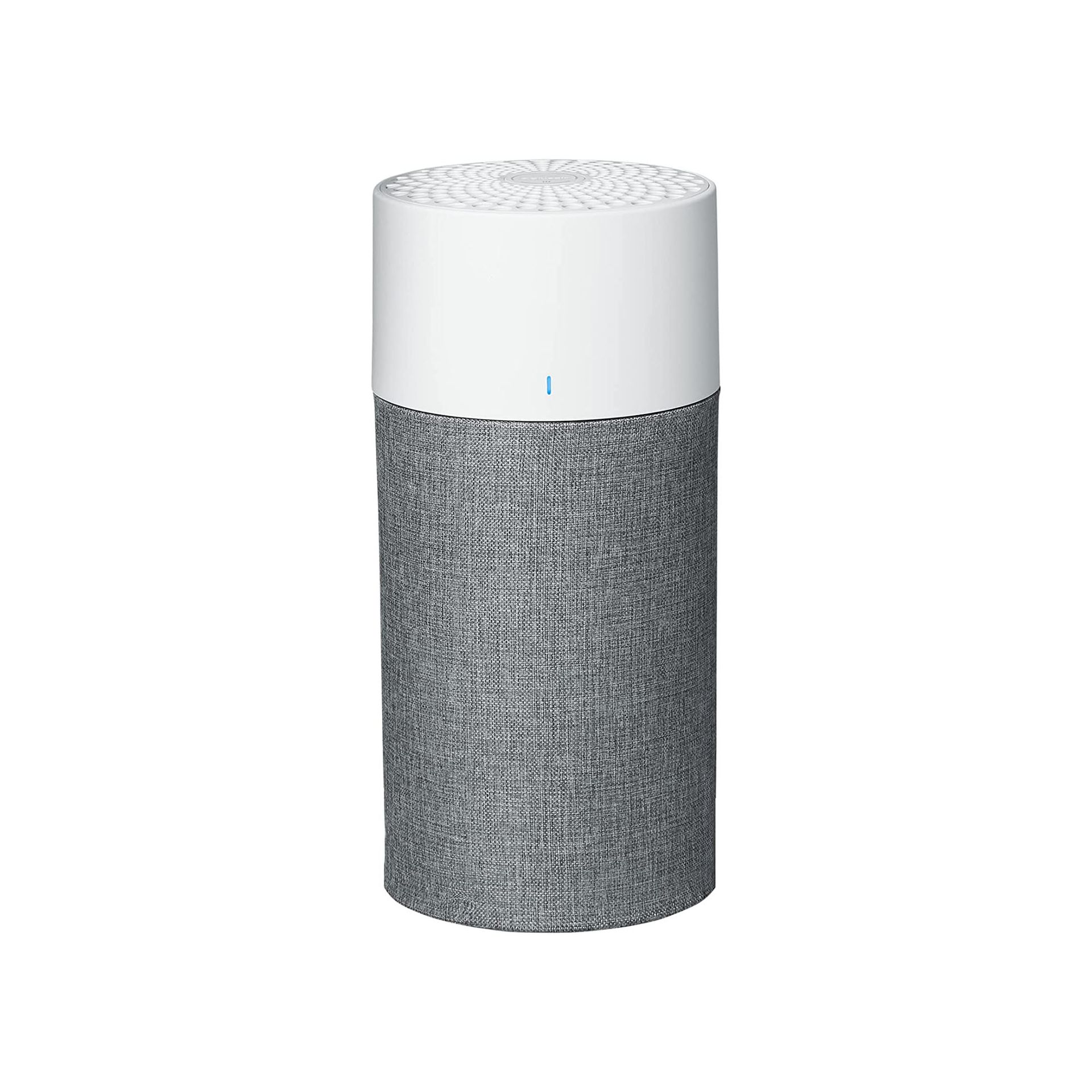 Air Purifier vs Dehumidifier: Key Differences
Air Purifier vs Dehumidifier: Key Differences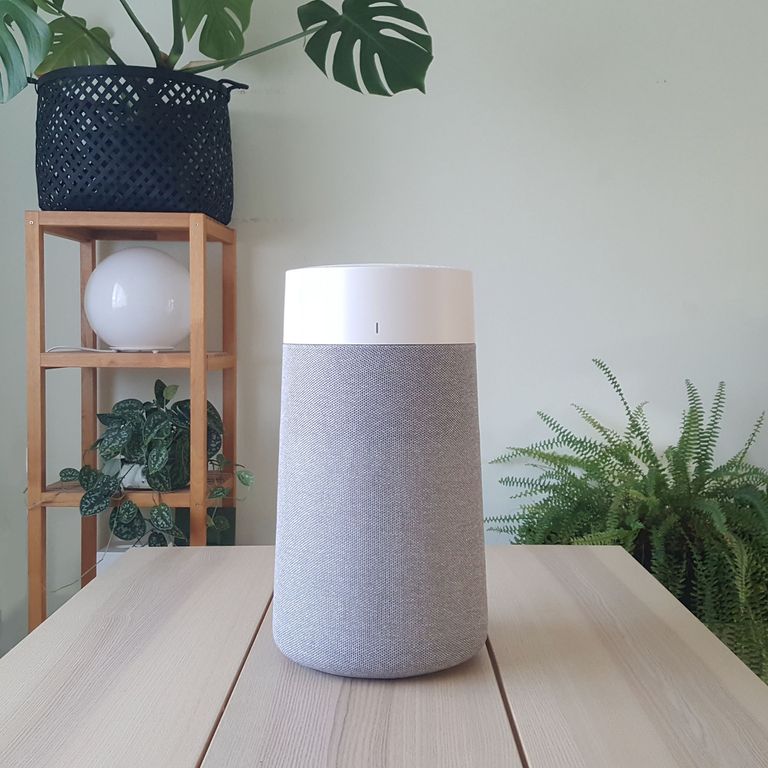 Combining an Air Purifier and Dehumidifier
Combining an Air Purifier and Dehumidifier Maintenance and Care for Optimal Performance
Maintenance and Care for Optimal Performance Conclusion
Conclusion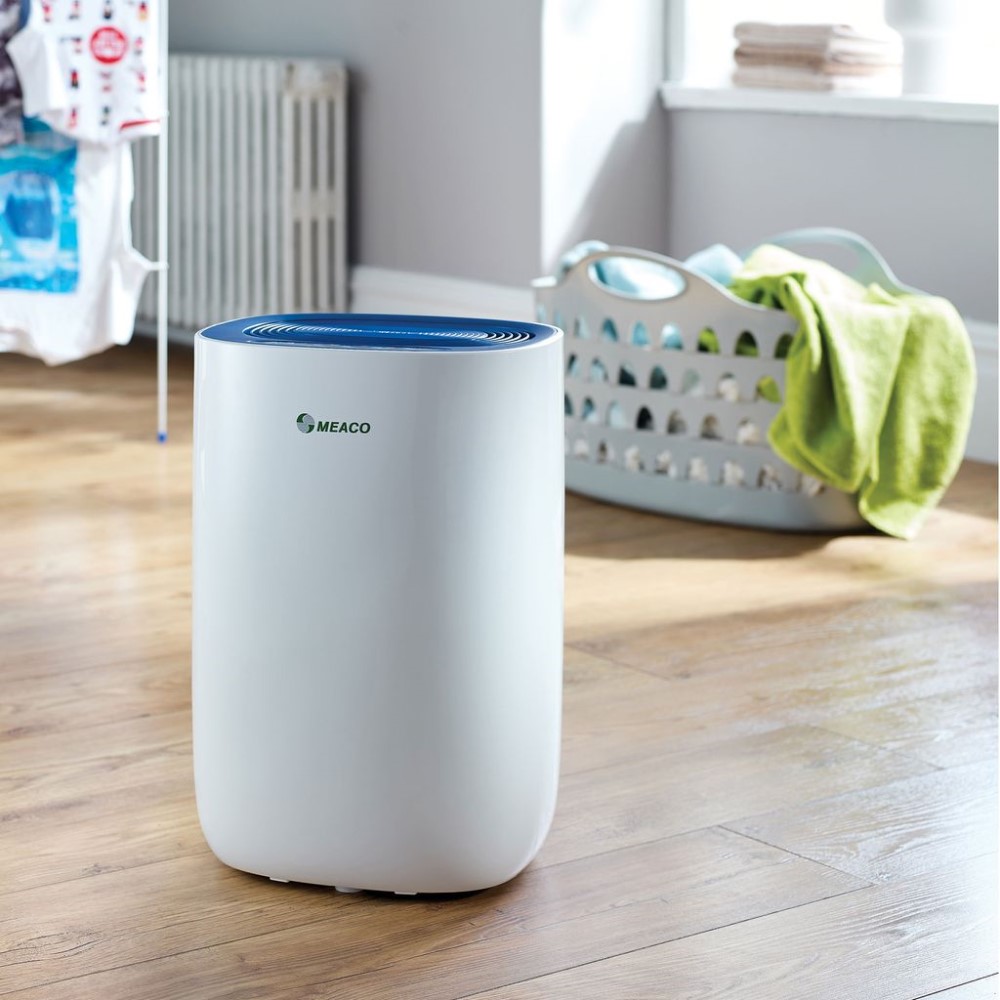
 What Is a Dehumidifier and How Does It Operate?
What Is a Dehumidifier and How Does It Operate?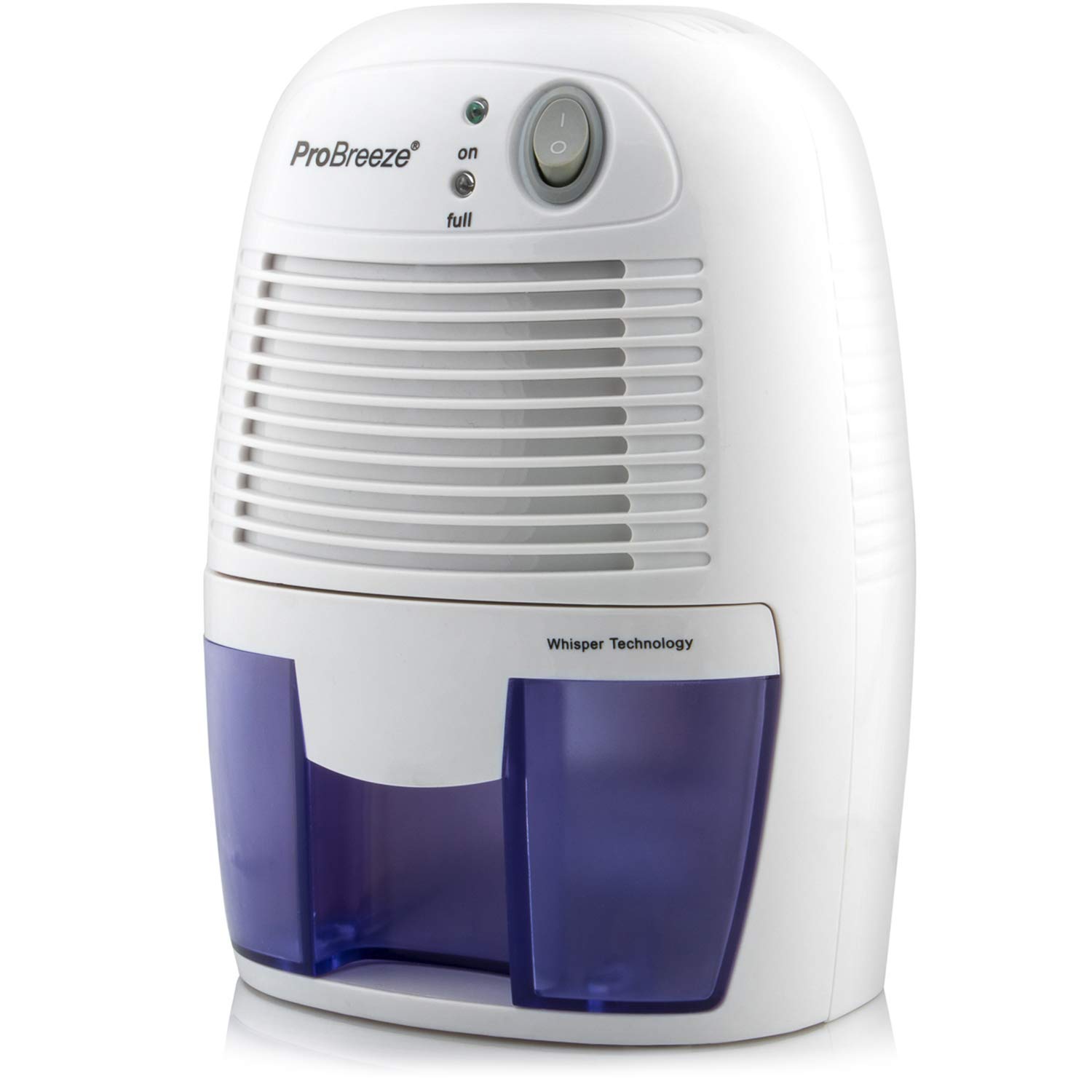 Selecting the Perfect Dehumidifier for Your Needs
Selecting the Perfect Dehumidifier for Your Needs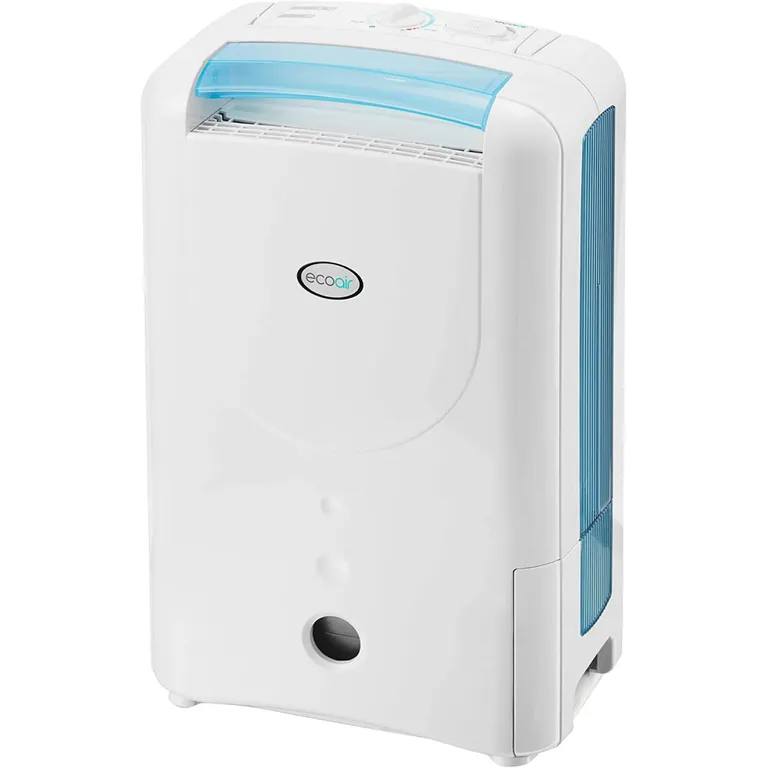 Versatile Applications of Dehumidifiers
Versatile Applications of Dehumidifiers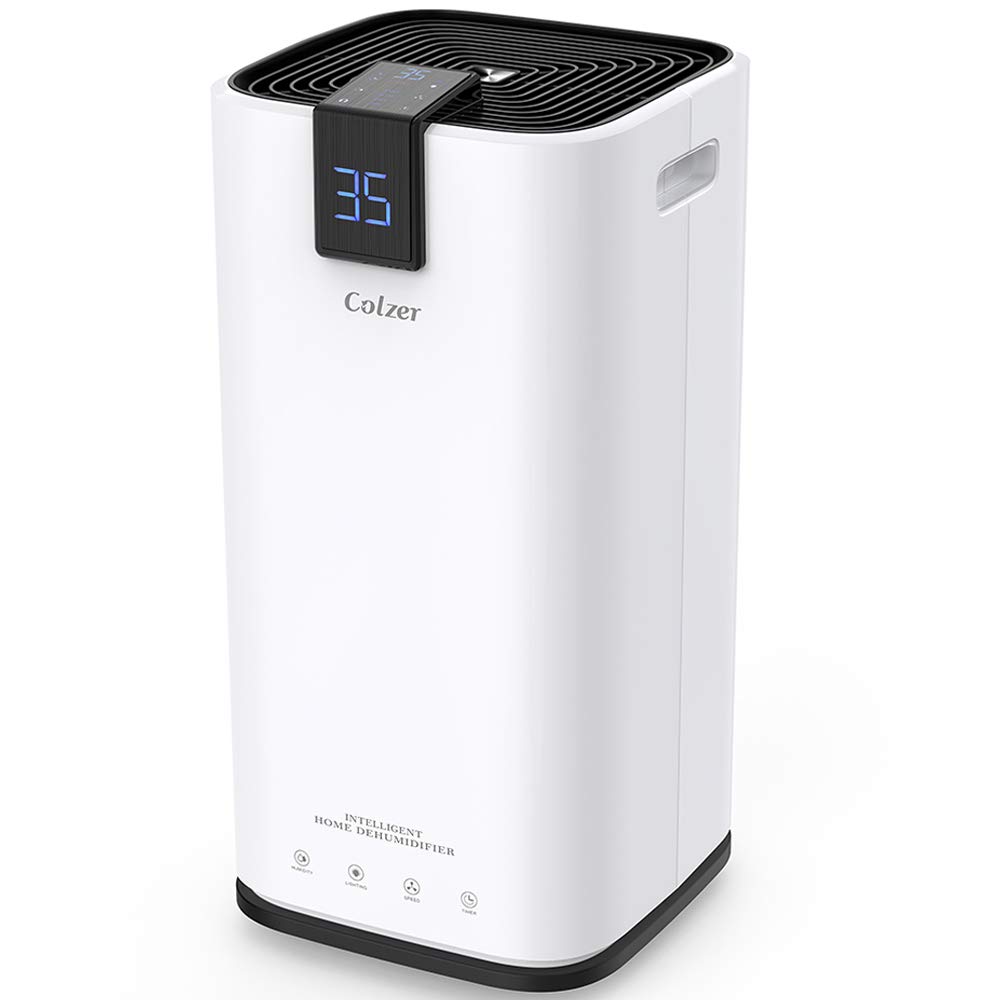 Maintenance and Care for Optimal Performance
Maintenance and Care for Optimal Performance